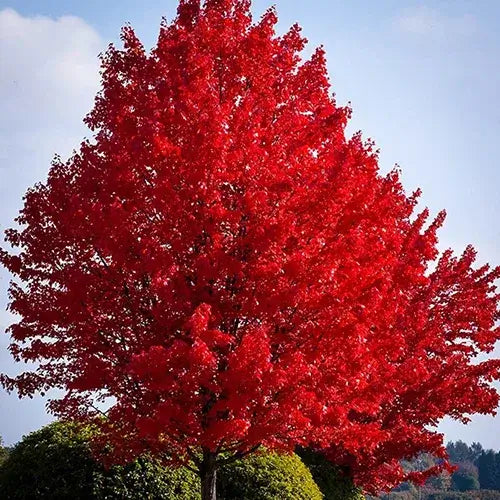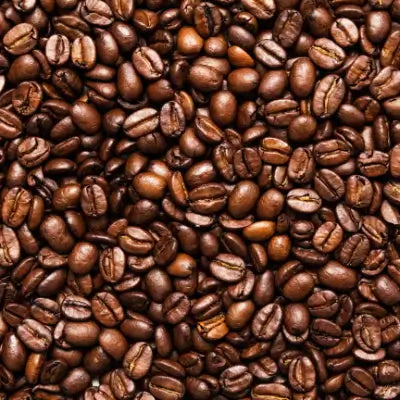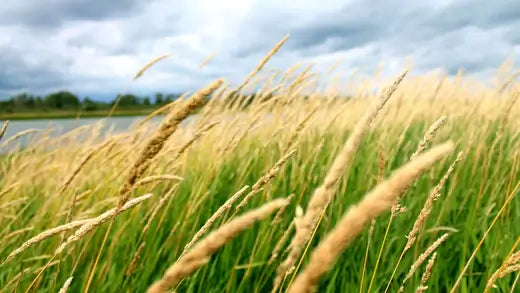Trees differentiate from shrubs and smaller plant species by many features, one of which is sturdiness
The tree's trunk is a single, thick, hard bark, unlike most short plants with a thin stem. The bark is often used in the manufacturing and food industries.
Tall. Another characteristic that distinguishes trees from other plant species is their height. While not all trees reach the sky, they are usually higher than shrubs and bushes. Though you may or may not see a lot of leaves on all of them, they commonly have left on the top and extended branches through most of the year.
Shade. These are essential sources of shade for animals as well as humans. They also provide bird shelter and save them from harsh weather. This gift of nature is crucial for the survival of many wildlife species.
Flowers. Flowers add ornamental value to the trees and give them a gorgeous look. Many people plant trees only for the wonderfully pigmented pretty flowers blooming during the blooming season. Depending on the species, flowers appear in different colors and forms on all trees. Some have large ones, while others are small and unnoticed.
Fruits. While all trees have flowers, not all flowers become fruits. Some varieties, like the flowering cherry trees, have ornamental blooms that do not turn into fruit and shed after their lifetime. The fruits are devoured by birds, animals, and humans as well. They attract birds from different regions in the fruiting season.
Extensive roots. The extensive roots under the ground support the tree's massive trunk. Some plant roots do not go far away from the base, while others spread to large distances.
Some of the Maple plants are:
- Autumn blaze maple
- Red maple tree
- Scarlet red maple
- Silver maple tree
- Sugar maple tree
Privacy Tree
Privacy trees are an easy-to-maintain privacy screen for your house to maintain privacy from outsiders
They make an excellent choice for hedges, borders, and privacy fences because of their affordability and easy care. These trees not only privatize your home but also give it an attractive exterior. Privacy plants have been considered a better option than wire and metal fencing for many reasons, including purchase and maintenance costs. They usually have a long lifespan and last a long time to provide privacy from neighbors for a long time.
The most commonly used privacy trees are:
- Virginia pine tree
- Bald cypress tree
- Cedar tree
- Hornbeam tree
- Northern privet
- Running bamboo
Pine Trees
Pine trees, called Conifers, are evergreen trees with greenery throughout the year. Over 250 species globally have a deep root system and are often used as windbreaks. The cone-shaped trees produce needle-like leaves and stiff cones often used for ornamental purposes. Male and Female cones differ in structure and form but are both woody. They are found extensively in Southeast Asia, Europe, Russia, and North America. Conifers are well-adapted to poor nutrient soil and cold environment. Pines have a straight trunk and live up to 400 years.
Some of the pine trees are:
- Loblolly pine tree
- Pitch pine tree
- Shortleaf pine tree
- Virginia pine tree
As the name indicates, fast-growing trees increase faster than other plant species. They grow as much as 3 to 4 feet per year. They are preferred for backyards and landscaping projects because they tend to cover space quickly. They also reach maturity earlier at around 30 years of age because of their fast growth. Fast-growing trees are also used widely for privacy as they increase to cover the exterior. They are perfect for landscape design, shade, and a beautiful look. Besides being fast-growing, they are fruiting trees with beautiful flowers.
Some fast-growing tree varieties include:
- Sycamore tree
- Bald Cyprus tree
- Beech tree
- Black cherry tree
- Black willow tree
- Box elder tree
- Crabapple tree
- Elm tree
- Kousa dogwood tree
- Natchez crepe myrtle
- Pink Hibiscus
- Purple Hibiscus
- Red Hibiscus
- Silky willow tree
Fall-colored Trees
Depending on the region, climate, and leaf pigment of the species, the leaves of these deciduous plants turn a gorgeous crimson, red, orange, yellow, or purple in Autumn. The genetic makeup of these trees gives them attractive colors that some other plants lack. While they are worth the view throughout the year, the fall colors make them even more appealing. Mesmerizing fall colors of these trees make you want to plant them in your garden or backyard immediately.
Some commonly planted fall-colored trees are:
Autumn blaze maple
Box elder tree
Red maple tree
Red oak tree
Sassafras tree
Silver maple tree
Sourwood tree
Tulip tree
Witch hazel tree
Sweet gum tree


















































